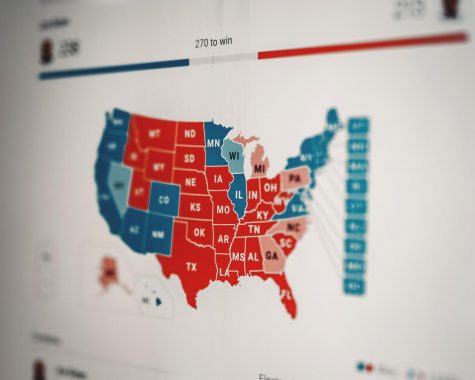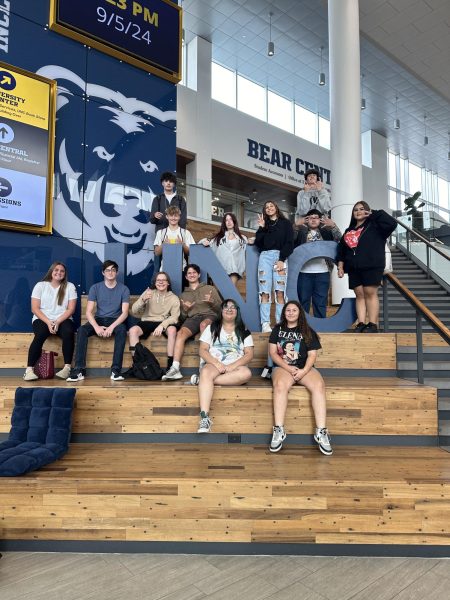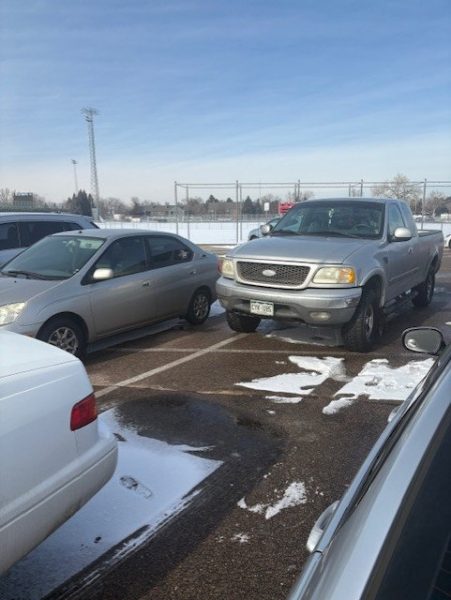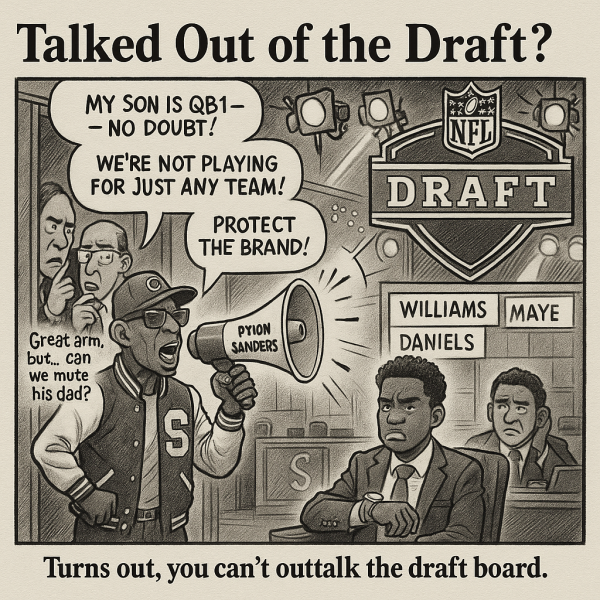The Imminent Potential of an American Third Party

One of the defining features of the American political landscape is the two party system. It is an informal one, there is no law codifying this system. The only thing maintaining the status of the Democratic and Republican status as the only viable options is tradition. There have been elections with more than two parties involved in the history of the United States. Such multiparty systems are a norm in the rest of the world. The time for a fundamental shift in the American political landscape is now, and it could potentially involve the emergence of a third or even fourth party.
The most likely scenario for these parties coming into being is a massive controversy causing one of the already existing parties to split. There are limited ways this could hypothetically occur. The most probable is a particularly divisive politician or policy. A historical example is the party switch in the early 60s where Southerners left the Democratic party en masse. There could also be infighting in future party conventions, especially if the last two primaries are indicative of a trend. A large, divided field is a recipe for a convection with no clear winner, which would be rife with factionalism. Such a situation would create many opportunities for the division of a party.
Such a split could involve a row in the Republican party, where traditional conservatives such as Mitt Romney could rebuke Trump’s leadership. The newly emergent group would likely see success appealing to people who are not quite as far to the right of the political spectrum as Mr. Trump. They would likely attract some moderates from the Democratic party who find policies like the Green New Deal or public healthcare to be too extreme. However, I would predict their core demographic to be former Republicans and independents.
The Democratic party could be divided by upcoming debates over bright new policy ideas. More progressive members of the bloc have suggested policies such as the aforementioned Green New Deal, but also policies like Abolishing Prisons or ICE. If establishment Democrats such as Nancy Pelosi and Chuck Schumer could amend these proposals to be more palatable to the mainstream. This would anger the new base of voters that worked towards electing people who would support such policies, potentially enticing them to jump ship and form a new party.
Contrary to popular belief, a third party could secure massive influence in American politics with even a relatively tiny portion of the vote. In a system where the majority usually rules, and 2/3rd’s of the vote is often required to pass legislature, a small cadre of elected officials can hold up the entire process. With as few as five congress people, a political coalition with an axe to grind could put the entire legislative process to a standstill. The smaller party in this situation would be the kingmaker, as they effectively denied the other two parties the possibility of being able to govern without cooperating. The easiest way out of this situation for the already extant parties would be to put aside their differences and compromise. In this way a third party could encourage bipartisan cooperation between the two parties that are closer together in ideology. This would hopefully serve to break up the congressional deadlock we have seen recently.
The bipartisan system is likely on its way out, and that change could revitalize American Democracy. Introducing parties that represent a broader range of ideologies could increase voter turnout. While liberals and conservatives like to pretend they are radicals in the United States, there are multitudinous more radical approaches to politics. If we opened up mainstream discourse beyond this narrow band of viewpoints, many more people would car about politics.

Jaden is a Senior at Rocky who competes for the Debate and Tennis teams. He is still upset that Taco Bell stopped selling Quesaritos, and enjoys camping....








